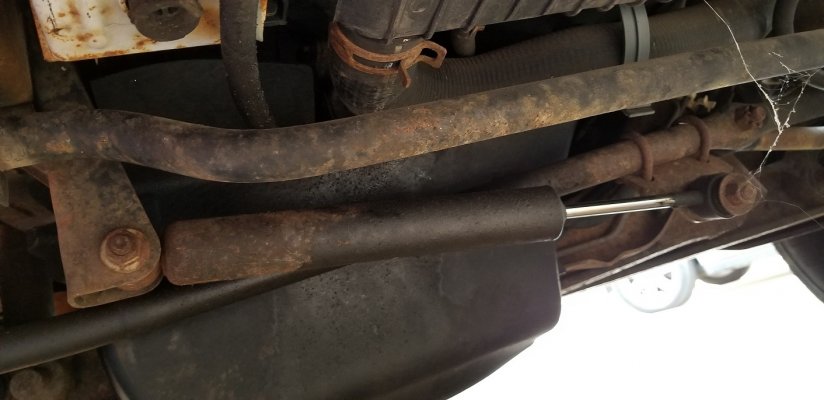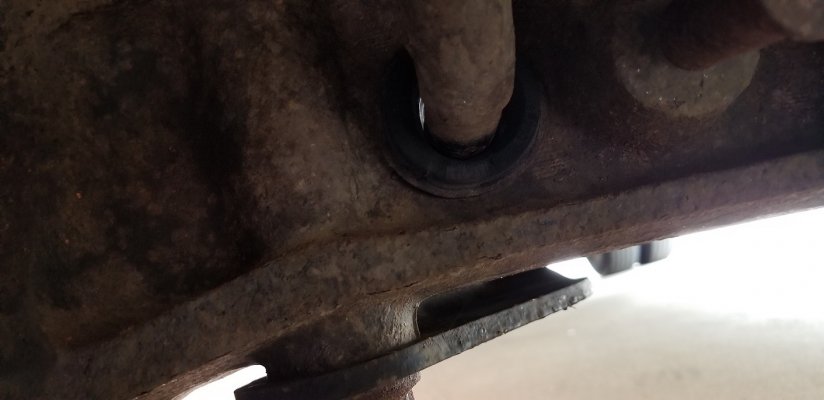OldGuyOnTheRun
Member
While driving the RV does not seem to track well . It wanders around the lane...not severely exaggerated but enough to be bothersome. It appears that the shocks may be the originals. Tires are fairly new, 2017 purchased by previous owner, lots of tread left. This is a new-to me 2000 model Winnie Itasca Spirit, Ford E350 - V10 chassis.
I am thinking of first installing new shocks and getting a complete lube job on the front end. Then see if that makes a difference. What has been your experience with wandering steering?
Also, Does anyone have a recommendation for good shocks for this RV?
Thanks,
I am thinking of first installing new shocks and getting a complete lube job on the front end. Then see if that makes a difference. What has been your experience with wandering steering?
Also, Does anyone have a recommendation for good shocks for this RV?
Thanks,


